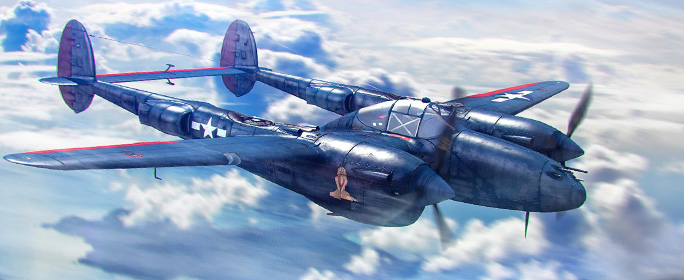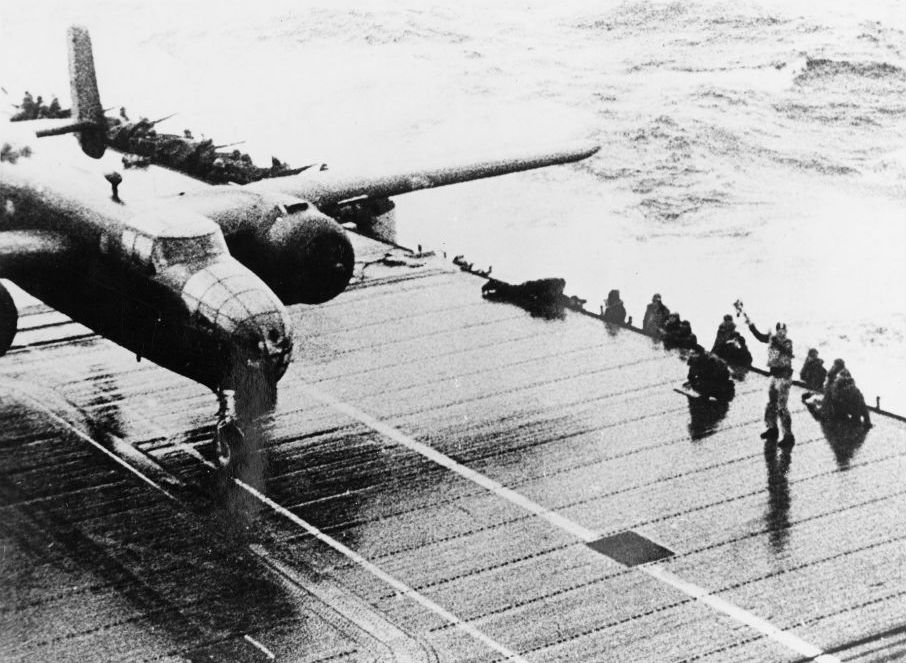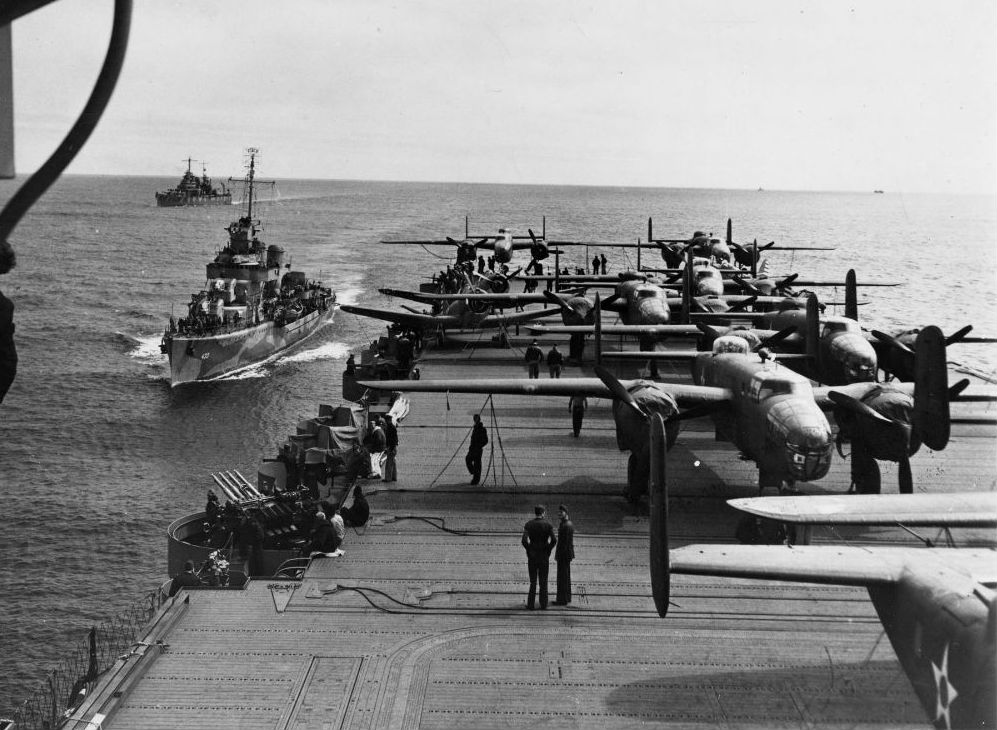-
![LANG-CODE-KEY]() LANG_NAME_KEY
LANG_NAME_KEY

Pilots,
This weekend we remember the 80 airmen that carried out the first U.S.-led WWII bombing run on the Japanese mainland during the so-called Doolittle Raid. The top secret mission was a retaliation strike for the devastating Attack on Pearl Harbor, designed to show Japan (and the rest of the world) that the U.S. was not going to tolerate aggression on its soil. Although the mission proved very perilous for the crews involved, the military operation was deemed an important success against the Japanese, foreshadowing the Battle of Midway and the subsequent dominance of the U.S. Navy in the South Pacific. Learn the fascinating story behind this event as you enjoy fresh bonuses over the weekend!
‘Doolittle Raid’ Special | ||
|---|---|---|
|
All offers and missions will be available |
||
Triple XP for the first victory on each plane
The only thing that’s sweeter than victory itself is victory with three times the XP!
50% discount on ammunition
Load up your cannons with as many ammunition belts as your warbirds can carry!
50% discount on the following planes:
 |
 |
Brewster F2A Buffalo |
||
 |
Mitsubishi A6M1 Zero |
|||
 |
 |
Grumman F4F Wildcat |
||
 |
Mitsubishi A6M2 Zero |
|||
 |
Lockheed P-38F Lightning |
Though not involved in this mission, we’re discounting the usual U.S. and Japanese suspects.
30% discount on the following planes:
 |
 |
Chance-Vought F4U-1 Corsair |
||
 |
A6M5 Zero |
|||
 |
Lockheed P-38J Lightning |
Move up the tech tree a step further where iconic aircraft of both parties await.
If you’re on the lookout for even more XP, then you ought to give our new special missions a try! Complete the Eye for an Eye assignment to fill up your account with even more points!
|
Mission 1: An Eye for an Eye | |
|---|---|
|
Goal |
Destroy 1 enemy aircraft and win the battle flying the required aircraft. |
|
Reward |
30% extra XP for the battle |
|
Conditions |
Must be flying a U.S. or Japanese aircraft |
|
Mission 2: Apex Predator | |
|---|---|
|
Goal |
Destroy 3 enemy aircraft in one battle flying the required aircraft. |
|
Reward |
3 x Manual Fire Extinguisher |
|
Conditions |
Must be flying a U.S. or Japanese aircraft |
In the beginning of 1942, just months after the horrendous events of Pearl Harbor, the U.S. was reeling for a victory – if only a morale one – against its newest enemy, the Empire of Japan. It was decided that a task force of bombers was supposed to attack the Japanese mainland in order to break the enemy spirit and reset the balance.
This bombing run was named the Doolittle Raid after its commanding officer Lt. Col. James Doolittle of the U.S. Air Force. On 18 April 1942, 16 B-25 bombers took off from the deck of carrier U.S.S. Hornet some 650 miles off the coast of Japan and set course for Tokyo and Yokohama. The mission objective was to attack military targets on the Honshu mainland before diverting further west to China, where the planes were supposed to land at the few available air strips in the region. Due to their enormous size, the planes could not return to the Hornet as B-25s could merely start but definitely not land on aircraft carriers.

.jpg)

|
Bombers of the size of the B-25 had never flown off an aircraft carrier before. The Doolittle Raid proved that it was possible, opening up the door for new strategies for the U.S. military. |
After dropping their payload, the bombers followed their exit plan and headed for enemy territory in the embattled Eastern provinces of China. However, they would barely reach their destination. With their fuel running out, 15 of the 16 planes were either crashed by their crews on purpose or ditched altogether at sea with the airmen forced to bail out close to the Chinese shore. One aircraft couldn’t even make it that far and fled to the nearer Vladivostok, where the plane was confiscated by the Soviets and the entire crew was detained in an internment camp until their release in 1943.
Most of the raiders survived the mission though, having been sheltered by U.S.-friendly Chinese civilians that hid them from the Japanese Army which, at the time, controlled the region. However, the Chinese would pay a high price for their selflessness. In the following months, the Imperial Army proceeded to sweep the countryside in an attempt to find the missing U.S. crewmen during the bloody Zhejiang-Jiangxi campaign, which cost thousands of civilians their lives.
In terms of its intended original objective, the Doolittle Raid itself achieved, in fact, very little as neither the U.S. nor the Japanese suffered any major losses. Nevertheless, the U.S. had demonstrated that an attack on Tokyo was possible, rendering the Japanese propaganda machine vulnerable and leading to a major morale boost amongst its own troops in the months leading up to the Battle of Midway and the following Guadalcanal Campaign.
Be more careful not to run out of fuel on your own bombing runs in-game, pilots!